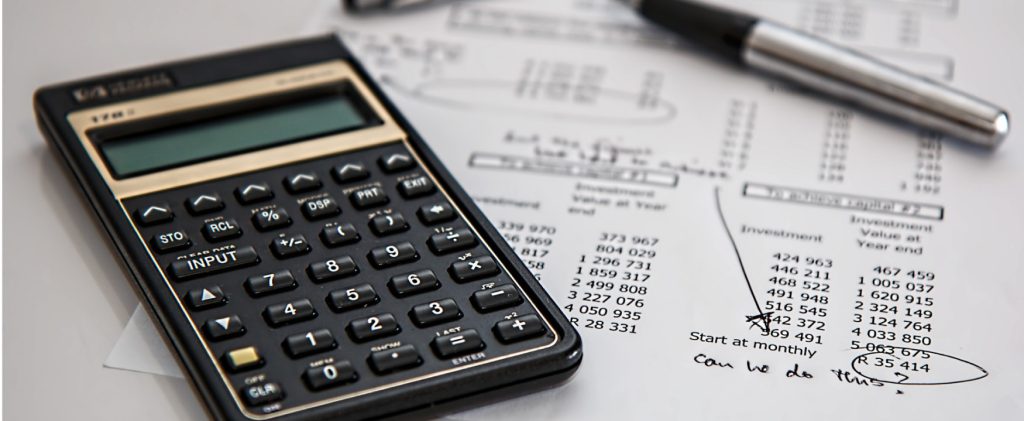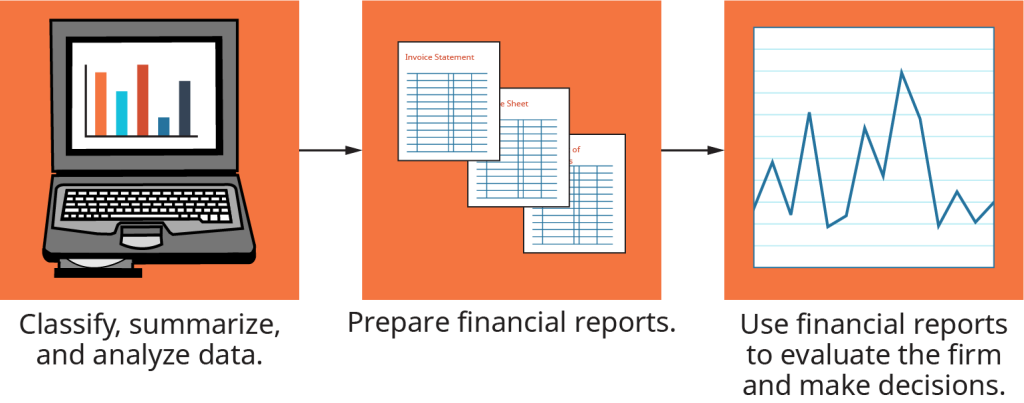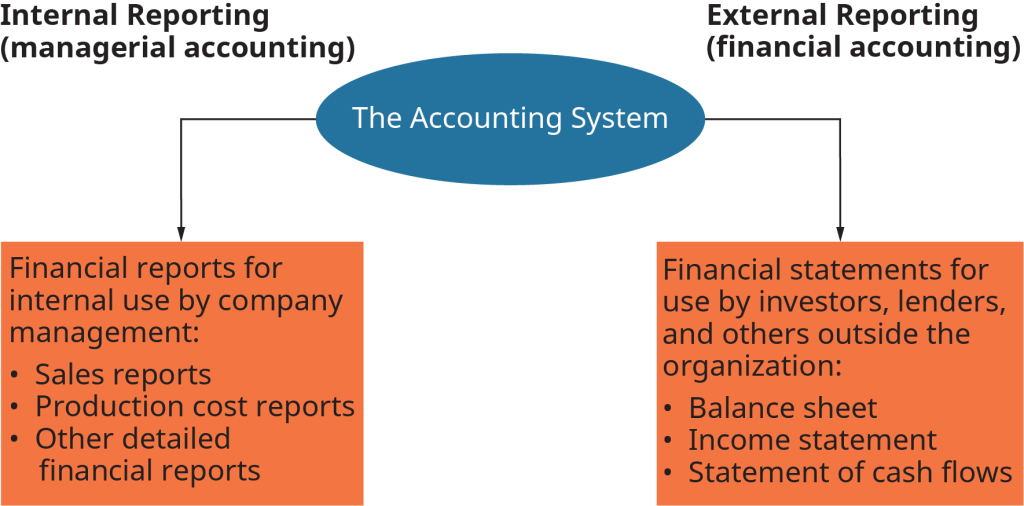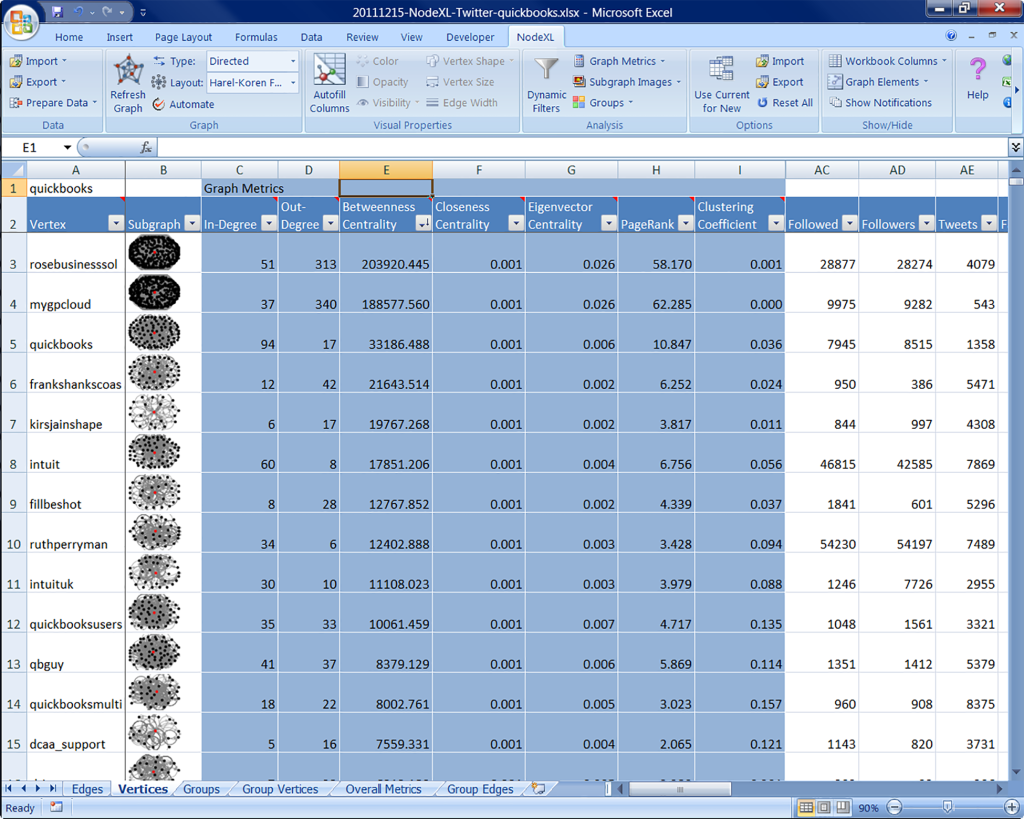How can ratio analysis be used to identify a firm’s financial strengths and weaknesses?
Individually, the balance sheet, income statement, and statement of cash flows provide insight into the firm’s operations, profitability, and overall financial condition. By studying the relationships among the financial statements, however, one can gain even more insight into a firm’s financial condition and performance. A good way to think about analyzing financial statements is to compare it to a fitness trainer putting clients through various well-established assessments and metrics to determine whether a specialized fitness program is paying dividends for the person in terms of better strength, endurance, and overall health. Financial statements at any given time can provide a snapshot of a company’s overall health. Company management must use certain standards and measurements to determine whether they need to implement additional strategies to keep the company fit and making a profit.
Ratio analysis involves calculating and interpreting financial ratios using data taken from the firm’s financial statements in order to assess its condition and performance. A financial ratio states the relationship between financial data on a percentage basis. For instance, current assets might be viewed relative to current liabilities or sales relative to assets. The ratios can then be compared over time, typically three to five years. A firm’s ratios can also be compared to industry averages or to those of another company in the same industry. Period-to-period and industry ratios provide a meaningful basis for comparison, so that we can answer questions such as, “Is this particular ratio good or bad?”
It’s important to remember that ratio analysis is based on historical data and may not indicate future financial performance. Ratio analysis merely highlights potential problems; it does not prove that they exist. However, ratios can help managers monitor the firm’s performance from period to period to understand operations better and identify trouble spots.
Ratios are also important to a firm’s present and prospective creditors (lenders), who want to see if the firm can repay what it borrows and assess the firm’s financial health. Often loan agreements require firms to maintain minimum levels of specific ratios. Both present and prospective shareholders use ratio analysis to look at the company’s historical performance and trends over time.
Ratios can be classified by what they measure: liquidity, profitability, activity, and debt. Using Delicious Desserts’ 2018 balance sheet and income statement (Table 14.1 and Table 14.2), we can calculate and interpret the key ratios in each group. Table 14.4 summarizes the calculations of these ratios for Delicious Desserts. We’ll now discuss how to calculate the ratios and, more important, how to interpret the ratio value.
Liquidity Ratios
Liquidity ratios measure the firm’s ability to pay its short-term debts as they come due. These ratios are of special interest to the firm’s creditors. The three main measures of liquidity are the current ratio, the acid-test (quick) ratio, and net working capital.
The current ratio is the ratio of total current assets to total current liabilities. Traditionally, a current ratio of 2 ($2 of current assets for every $1 of current liabilities) has been considered good. Whether it is sufficient depends on the industry in which the firm operates. Public utilities, which have a very steady cash flow, operate quite well with a current ratio well below 2. A current ratio of 2 might not be adequate for manufacturers and merchandisers that carry high inventories and have lots of receivables. The current ratio for Delicious Desserts for 2018, as shown in Table 14.4, is 1.4. This means little without a basis for comparison. If the analyst found that the industry average for small bakeries was 2.4, Delicious Desserts would appear to have low liquidity.
The acid-test (quick) ratio is like the current ratio except that it excludes inventory, which is the least-liquid current asset. The acid-test ratio is used to measure the firm’s ability to pay its current liabilities without selling inventory. The name acid-test implies that this ratio is a crucial test of the firm’s liquidity. An acid-test ratio of at least 1 is preferred. But again, what is an acceptable value varies by industry. The acid-test ratio is a good measure of liquidity when inventory cannot easily be converted to cash (for instance, if it consists of very specialized goods with a limited market). If inventory is liquid, the current ratio is better. Delicious Desserts’ acid-test ratio for 2018 is 1.1. Because the bakery’s products are perishable, it does not carry large inventories. Thus, the values of its acid-test and current ratios are fairly close. At a manufacturing company, however, inventory typically makes up a large portion of current assets, so the acid-test ratio will be lower than the current ratio.
| Ratio Analysis for Delicious Desserts at Year-End 2018 |
| Ratio |
Formula |
Calculation |
Result |
| Liquidity Ratios |
| Current ratio |
|
|
1.4 |
| Acid-test (quick) ratio |
|
|
1.1 |
| Net working capital |
|
|
$23,050 |
| Profitability Ratios |
| Net profit margin |
|
|
11.9% |
| Return on equity |
|
|
40.9% |
| Earnings per share |
|
|
$3.22 |
| Activity Ratio |
| Inventory turnover |
|
|
|
|
|
|
|
|
|
|
6.8 times |
| Debt Ratio |
| Debt-to-equity ratio |
|
|
89.1% |
Table 14.4
Net working capital, though not really a ratio, is often used to measure a firm’s overall liquidity. It is calculated by subtracting total current liabilities from total current assets. Delicious Desserts’ net working capital for 2018 is $23,050. Comparisons of net working capital over time often help in assessing a firm’s liquidity.
Profitability Ratios
To measure profitability, a firm’s profits can be related to its sales, equity, or stock value. Profitability ratios measure how well the firm is using its resources to generate profit and how efficiently it is being managed. The main profitability ratios are net profit margin, return on equity, and earnings per share.
The ratio of net profit to net sales is the net profit margin, also called return on sales. It measures the percentage of each sales dollar remaining after all expenses, including taxes, have been deducted. Higher net profit margins are better than lower ones. The net profit margin is often used to measure the firm’s earning power. “Good” net profit margins differ quite a bit from industry to industry. A grocery store usually has a very low net profit margin, perhaps below 1 percent, whereas a jewelry store’s net profit margin would probably exceed 10 percent. Delicious Desserts’ net profit margin for 2018 is 11.9 percent. In other words, Delicious Desserts is earning 11.9 cents on each dollar of sales.
The ratio of net profit to total owners’ equity is called return on equity (ROE). It measures the return that owners receive on their investment in the firm, a major reason for investing in a company’s stock. Delicious Desserts has a 40.9 percent ROE for 2018. On the surface, a 40.9 percent ROE seems quite good. But the level of risk in the business and the ROE of other firms in the same industry must also be considered. The higher the risk, the greater the ROE investors look for. A firm’s ROE can also be compared to past values to see how the company is performing over time.
Earnings per share (EPS) is the ratio of net profit to the number of shares of common stock outstanding. It measures the number of dollars earned by each share of stock. EPS values are closely watched by investors and are considered an important sign of success. EPS also indicates a firm’s ability to pay dividends. Note that EPS is the dollar amount earned by each share, not the actual amount given to stockholders in the form of dividends. Some earnings may be put back into the firm. Delicious Desserts’ EPS for 2018 is $3.22.
Activity Ratios
Activity ratios measure how well a firm uses its assets. They reflect the speed with which resources are converted to cash or sales. A frequently used activity ratio is inventory turnover. The inventory turnover ratio measures the speed with which inventory moves through the firm and is turned into sales. It is calculated by dividing cost of goods sold by the average inventory. (Average inventory is estimated by adding the beginning and ending inventories for the year and dividing by 2.) Based on its 2018 financial data, Delicious Desserts’ inventory, on average, is turned into sales 6.8 times each year, or about once every 54 days (365 days ÷ 6.8). The acceptable turnover ratio depends on the line of business. A grocery store would have a high turnover ratio, maybe 20 times a year, whereas the turnover for a heavy equipment manufacturer might be only three times a year.
Debt Ratios
Debt ratios measure the degree and effect of the firm’s use of borrowed funds (debt) to finance its operations. These ratios are especially important to lenders and investors. They want to make sure the firm has a healthy mix of debt and equity. If the firm relies too much on debt, it may have trouble meeting interest payments and repaying loans. The most important debt ratio is the debt-to-equity ratio.
The debt-to-equity ratio measures the relationship between the amount of debt financing (borrowing) and the amount of equity financing (owners’ funds). It is calculated by dividing total liabilities by owners’ equity. In general, the lower the ratio, the better. But it is important to assess the debt-to-equity ratio against both past values and industry averages. Delicious Desserts’ ratio for 2018 is 89.1 percent. The ratio indicates that the company has 89 cents of debt for every dollar the owners have provided. A ratio above 100 percent means the firm has more debt than equity. In such a case, the lenders are providing more financing than the owners.
- How can ratio analysis be used to interpret financial statements?
- Name the main liquidity and profitability ratios, and explain what they indicate.
- What kinds of information do activity ratios give? Why are debt ratios of concern to lenders and investors?









